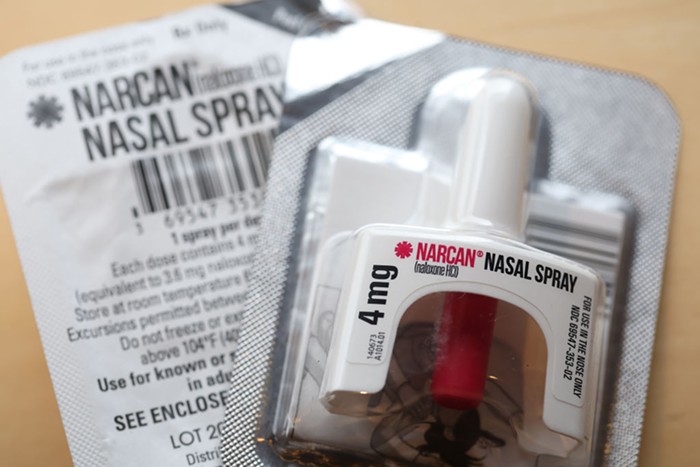California activated its recreational adult-use cannabis program on January 1, 2018, and with it being the nation’s most populous and prosperous state, expectations were “high.” (Get it? “High,” like when you use cannabis, is the joke, see? This is gonna be a great column.) The state was positioned to prosper greatly, and everything was going to be amazing.
So let’s check in on how the Golden State has been faring with its recreational rollout. Surely state regulators had closely examined the foibles and follies of other states that had embarked on similar legalization plans, which would allow them to make wise policy choices?
Well... let’s start with that much-heralded tax revenue. Beginning January 1, California implemented two types of taxes on recreational cannabis: One for commercial growers, who pay the state a cultivation tax on harvested, dried cannabis—$9.25 per ounce of flower, and $2.75 per ounce of leaf. The second was a retail excise tax of 15 percent of the sale price to be collected by the state at the time of purchase.
The budget office predicted the state would take in $175 million in new taxes during the first two quarters of 2018. Instead, during the first quarter, it only took in $34 million, with the cultivation tax a mere $1.6 million of that. That’s about a third of what was expected. So why haven’t Californians been flocking to their nearest dispensaries?
It turns out those aren’t the only taxes. There’s another state sales tax of 8 to 10 percent, plus cities and counties are allowed to impose their own additional taxes, which range from 5 to 15 percent. This results in consumers paying up to a 40 percent tax on their weed. (Insert spit take here.) In Oregon, the state tax on cannabis is 17 percent, and cities may collect up to an additional 3 percent, for a total of 20 percent.
On July 1, new quality control regulations were implemented in California, involving stricter standards for product testing, packaging and labelling requirements, and revised potency limits in edibles. Any existing product not meeting those regulations that was still in the possession of dispensaries had to be sold by July 1 or be destroyed. (God help me, don’t make a “I’d love to help them ‘destroy’ that” comment. I’m not in the mood.)
Dispensaries desperately slashed prices to unheard-of lows, with analysts predicting it would be the lowest prices consumers would pay for at least several years. Those reduced prices, of course, will result in lower tax revenue next quarter. Going great so far!
New inventory headed to shelves will need to pass through a newly accredited lab, which will be using new equipment, seeking out newly reduced levels of pesticide and other contaminants, which will result in some products not even making it to shelves.
As of March 27, the state had issued 26 temporary licenses for testing labs. Except that 26 licenses doesn’t mean 26 operational labs. “Most of the labs, by far, are not able to do the testing as required. Some of them don’t even exist yet,” said Sam David, president of Coastal Analytical, a licensed lab in San Diego, in an April article by Marijuana Business Daily.
The labs that do exist are expected to be able to process 100 to 120 samples per day, which is about to create an expected bottleneck that could lead to product shortages for weeks or longer. And patriotic Californians, I’m certain, won’t turn to the unregulated cannabis marketplace to obtain product without paying a 40 percent tax on flower that retails for $15 to $20 per gram ($90 eighths, anyone?).
Does Oregon’s adult-use cannabis program need work? Hell yes, especially in the areas of tourist consumption spaces and cannabis events, which are grossly untapped channels for tax revenue. But at least we aren’t trying to smother legal weed to death with radioactive taxes of up to 40 percent. Our trials, tribulations, and craft cannabis standards have resulted in a program that looks better than what’s down south at the moment.












